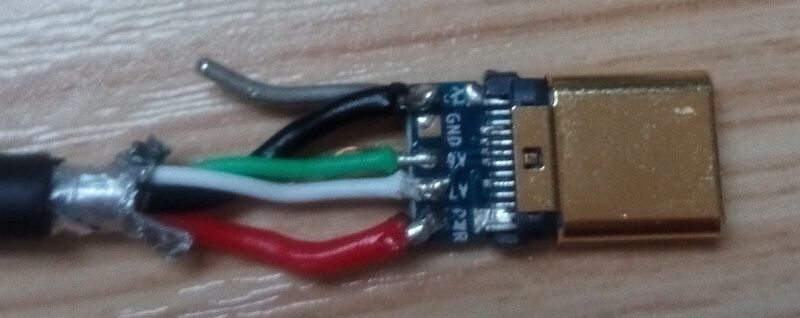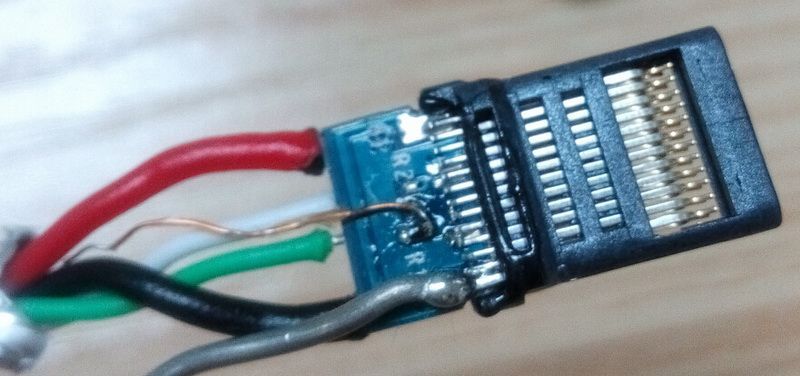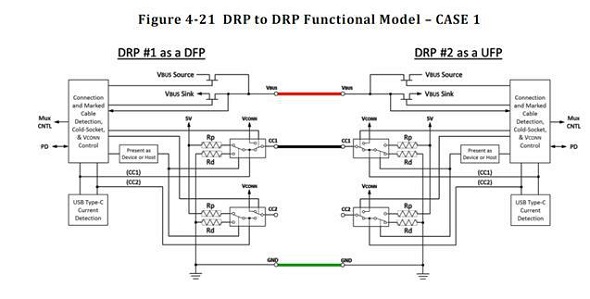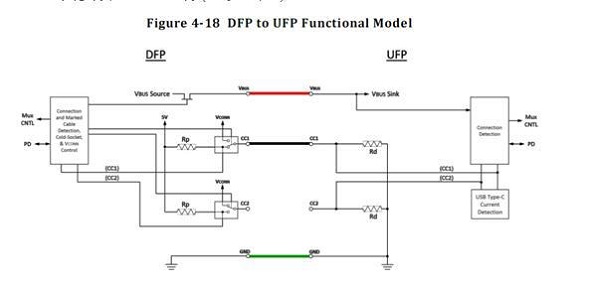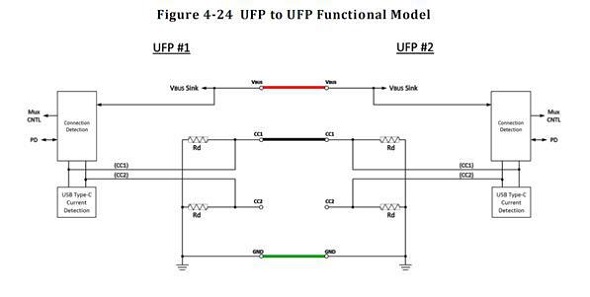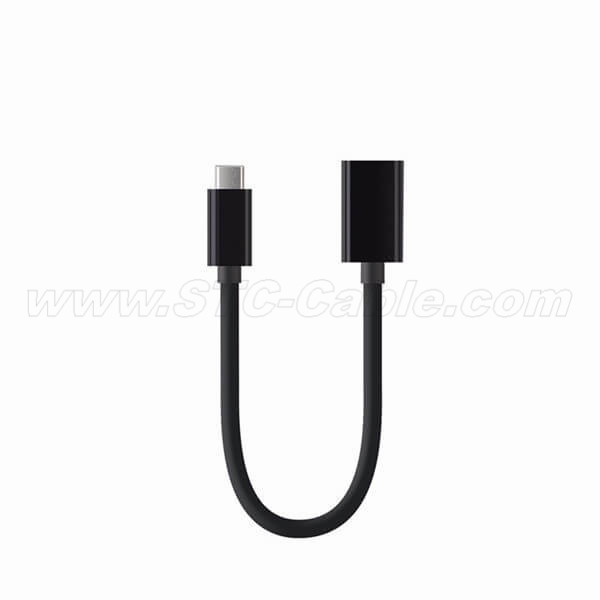USB is called Universal Serial Bus. It is translated into Universal Serial Bus. It is a serial bus standard for connecting computer systems and external devices. It is also a technical specification for input and output interfaces. It is widely used in personal computers and mobile devices. Communication products, and extended to photographic equipment, digital TV (set-top boxes), game consoles and other related fields.
As the IT industry continues to evolve, USB goes through the following stages:
USB1.0: 1.5Mbps (192KB/s) Low-Speed 500mA, January 1996;
USB1.1: 12Mbps (1.5MB/s) Full-Speed 500mA, September 1998;
USB2.0: 480Mbps (60MB/s) High-Speed 500mA, April 2000;
USB3.0: 5Gbps (640MB/s) Super-Speed 900mA, November 2008;
USB3.1: 10Gbps (1.25GB/s) SuperSpeed+5A, December 2013.
The latest generation of USB 3.1 Gen2, the transmission speed is 10Gbit/s, the three-stage voltage is 5V/12V/20V, and the maximum power supply is 100W.
And the C-type USB interface that comes with USB3.1: USB Type C has a tendency to have a unified consumer electronic interface, and has recently occupied the top of the flagship mobile phone interfaces of major brands.
1. USB Type C appearance and pin definition
USB Type C interface has been widely used due to its slimness, positive and negative pluggable, etc. Let's take a look at the USB Type C connector disassembly diagram.
As can be seen from the above figure, there are 12 pins on the USB Type C interface. The pins are arranged as shown below:
2. USB Type C three working modes
The USB 3.1 standard has three modes of operation:
1). DRP. The main HOST/DEVICE is free to convert, similar to a computer or MacBook.
2). DFP. Downstream, main HOST terminal (pull-up resistor)
3). UFP. Upstream, DEVICE terminal (pulldown resistor)
3. USB Type C technical requirements
The fast transfer of USB Type C also requires wire, and the 21-core oxygen-free copper transmission conductor ensures high current transmission. The following picture shows the USB 3.1 Type C data line display of the USB 3.1 specification. The internal core has 21 cores, 16 cores more than USB2.0, thus meeting the high-speed transmission standard of USB3.1 and 100W output. power.
4. USB Type C product status
At present, the electronic products using Type C interface mainly include mobile phones, tablets, notebook computers, and digital accessories such as extended data lines, charging heads, and mobile power supplies. Most of the products also have transmission speeds of USB2.0 and USB3.0. Huawei Mate20 series with SCP super fast charge function, equipped with Type C data cable with exclusive Type C charger, can pass 5A current, power up to 40W, but the output power of USB 3.1 Gen2 up to 100W is still very different. The advancement of technology and the joint efforts of the industry are needed.
Finally, there are several key parameter descriptions listed in the article:
USB3.1: USB3.1 specification is divided into USB3.1 Gen1 and USB3.1 Gen2. At present, Apple's mainstream MacBook belongs to USB3.1 Gen1, and its bandwidth is 5Gbps; only the bandwidth of USB3.1 Gen2 specification can reach 10Gbps;
HOST: The USB HOST terminal is the USB host device, which can read data from devices connected to the HOST terminal.
USB 3.1 is a brand new specification that will revolutionize desktop connectivity. Major industry manufacturers, including STC, are working hard to bring you the newest and most powerful connection standard ever offered for PCs, laptops, tablets, smartphones and accessories. One day soon you may find that this new USB Type-C port is the only connection you'll need to charge and use all your digital devices! You can learn more about USB 3.1 & Type-C with our infographic to see each technology by the numbers.
With the continued success of the USB interface, there exists a need to adapt USB technology to serve newer computing platforms and devices as they trend toward smaller, thinner and lighter form-factors. Many of these newer platforms and devices are reaching a point where existing USB receptacles and plugs are inhibiting innovation, especially given the relatively large size and internal volume constraints of the Standard-A and Standard-B versions of USB connectors. Additionally, as platform usage models have evolved, usability and robustness requirements have advanced and the existing set of USB connectors were not originally designed for some of these newer requirements. This specification is to establish a new USB connector ecosystem that addresses the evolving needs of platforms and devices while retaining all of the functional benefits of USB that form the basis for this most popular of computing device interconnects.
Send your message to us:
Post time: Feb-28-2019
